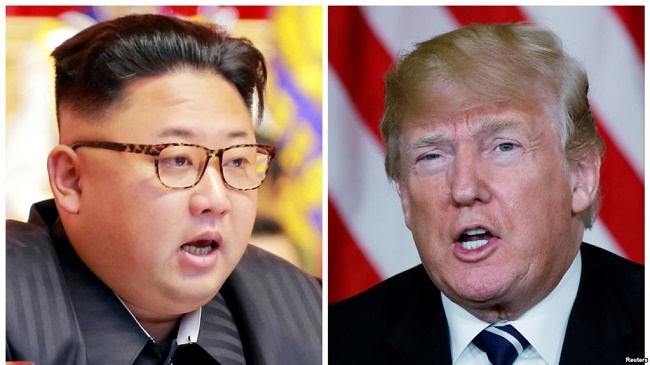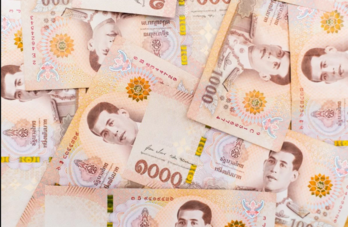
DPRK leader Kim Jong-un and US President Donald Trump. (Photo: Reuters)
Preparations for the US-DPRK summit have been carried out in a very urgent atmosphere over the past few days. On Sentosa Island, which has been selected to host the historic meeting, security has been tightened to a high level. Singapore’s armed forces have been mobilised to be prepared for any emergencies, with the support of helicopters and jet-fighters. It can be seen that Singapore has made thorough preparations for the special meeting between President Donald Trump and DPRK leader Kim Jong-un, aiming to fulfill its “peace mission”.
Singapore has been chosen as the hosting venue for the historic event, because the Southeast Asian nation has good relations with both the US and the DPRK. White House Deputy Press Secretary Raj Shah said that Singapore’s political neutrality is a very important factor to ensure the success of the summit. Over the past several weeks, high-level dialogues between US and DPRK officials have proceeded constantly, mainly discussing the agenda of the historic meeting, aiming to ensure the event takes place smoothly. Accordingly, the denuclearisation of the Korean Peninsula will be a top priority at the meeting between the two sides’ leaders.
The path to the US-DPRK summit today is not easy. At times, this precious opportunity for peace seemed to be have slipped away after President Trump’s May 24 announcement of the cancellation of the well-prepared event, explaining that the DPRK side delivered inappropriate speeches. The decision made by the White House boss would not only hinder the process of resolving the nuclear issue on the Korean Peninsula, but also render the persistent efforts of the parties concerned over the past several months as worthless. However, with the strong push from the international public and especially Pyongyang’s goodwill dialogue, the door to peace for the Korean Peninsula has been opened once again, as Washington agreed to resume the US-DPRK summit as originally planned.
En route to today’s historic meeting, both Pyongyang and Washington attempted to seize every opportunity, however fragile, to show their willingness to reconcile and engage in dialogue. The DPRK surprised the public with its soft and flexible policy, as they made a series of moves offering an olive branch to the US, such as the dismantling of the Punggye-ri nuclear test ground and the release of the detained US citizens, while constantly emphasising its willingness to talk.
Meanwhile, President Trump’s administration also made certain adjustments in its joint military exercises with the Republic of Korea (RoK) in the direction of narrowing the scale. US Secretary of State Mike Pompeo traveled to Pyongyang, carrying a message from the Washington administration about loosening sanctions and providing economic assistance to the DPRK, when Pyongyang implements the denuclearisation.
Along with the US and the DPRK, all of the countries involved in the six-party talks on the nuclear issue on the Korean Peninsula, including the RoK, China, Russia, and Japan, expressed their support and participation at different levels to motivate the US-DPRK dialogue. Today’s meeting is considered a major diplomatic achievement of RoK President Moon Jae-in, who has always been an active mediator for the US and the DPRK.
President Moon Jae-in once arrived in the US to meet with President Trump to promote dialogue between Pyongyang and Washington. And it was also the RoK leader who urgently arranged the second inter-Korean summit with DPRK leader Kim Jong-un at the truce village of Panmunjom, thus reviving the prospect for the US-DPRK summit in a timely fashion.
On the threshold of the historic meeting in Singapore, President Trump hoped the parties would reach an agreement to end the Korean War, but also admitted that there is still a long way for Pyongyang and Washington to go en route to the normalisation of their ties. Although the process of denuclearisation of the Korean Peninsula is time-consuming, requiring the parties’ full efforts to address the difficulties, such as clarifying the concept of denuclearisation and agreeing to specific commitments, the US and DPRK leaders’ willingness to sit together and demonstrate a dialogue of goodwill instead of opposition marks a significant step forward for the DPRK’s nuclear issue.
This special meeting also affirms the aspirations and goodwill of nations around the world to work together in opening a new era of long-term peace and stability on the Korean Peninsula, which has been a hot spot in terms of security uncertainties in the Northeast Asian region for years./.
NDO
 IMF predicts Thai growth at 1.6% for 2026
IMF predicts Thai growth at 1.6% for 2026



